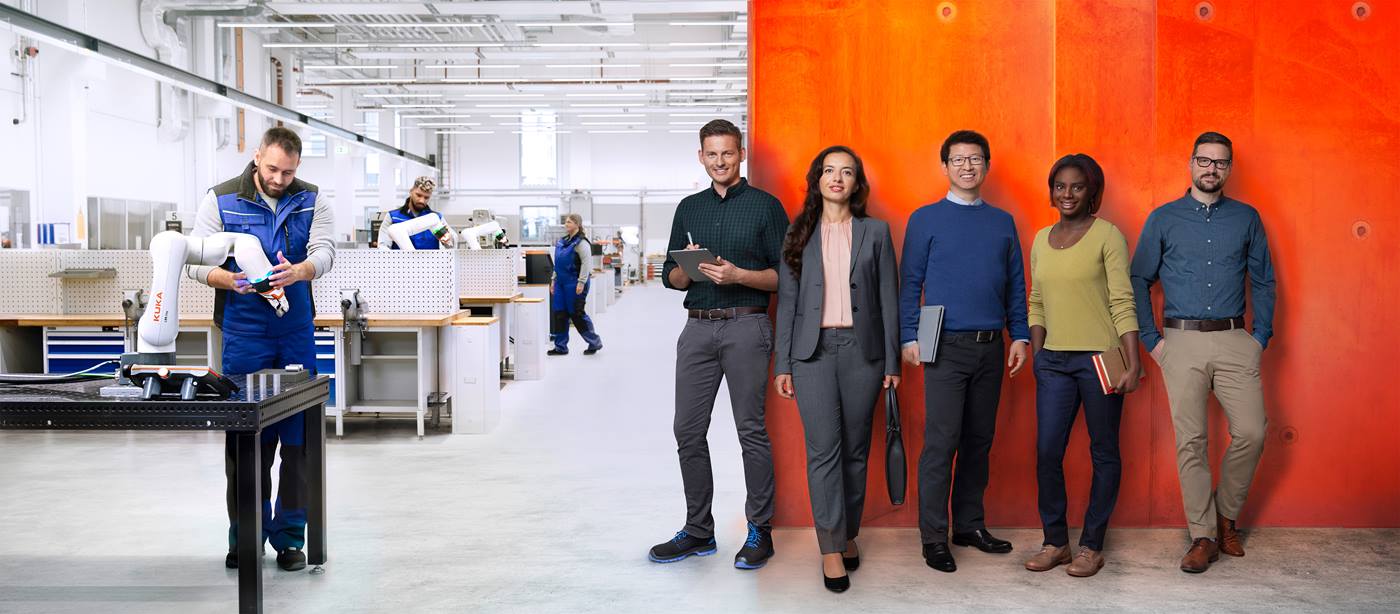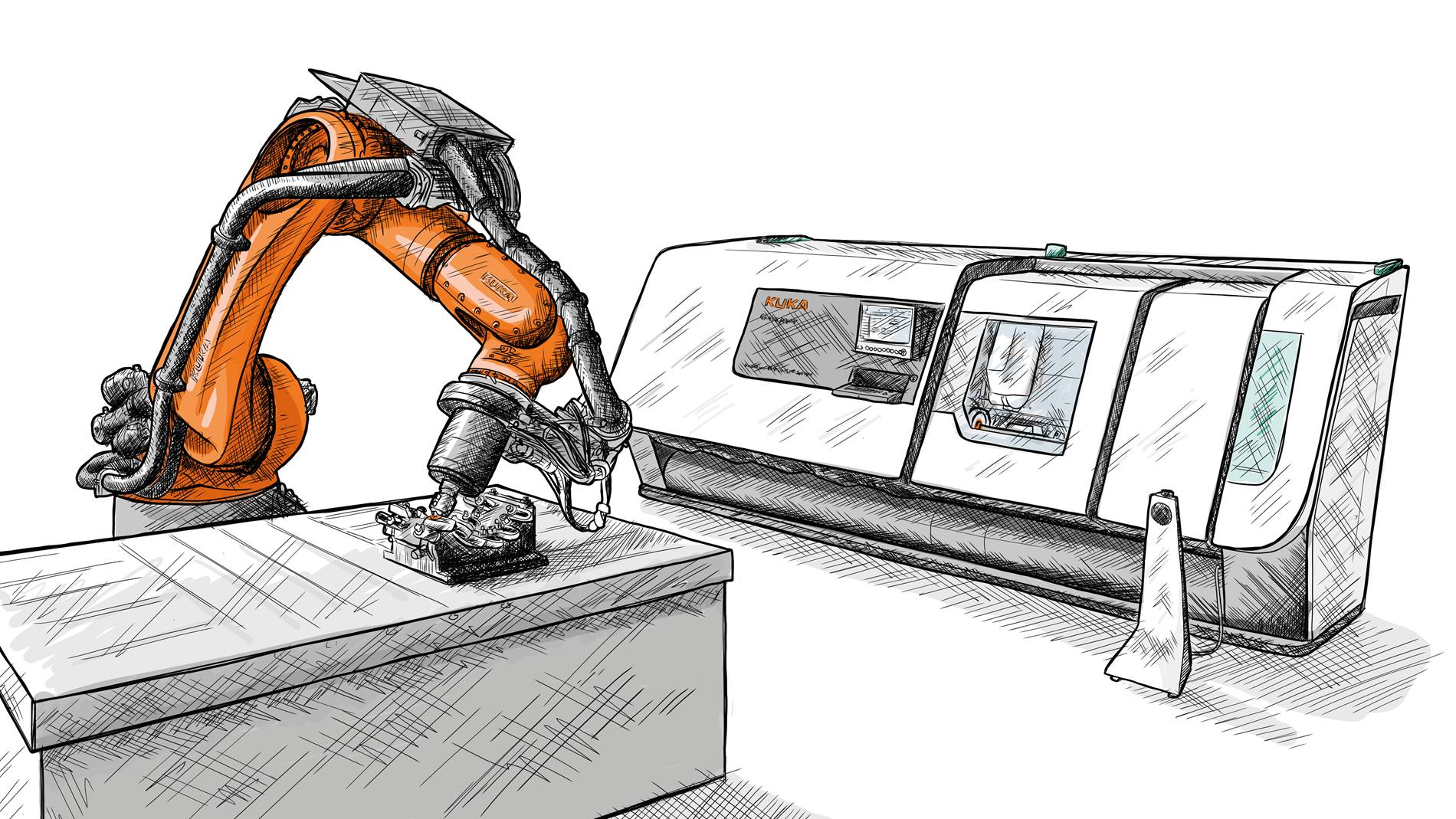
Draw me a robot
Drawing the one robot is not easy. They are too diverse in their designs. I'll try anyway.
Drawing a robot is not an easy task. Because the variety of machines that are designated by this term is large. And the more technology advances and the more robots are developed, the less they resemble each other. Starting with kinematics. From Cartesian robots to the very familiar polyarticulators, more and more deltas and especially SCARAs are appearing.
But the diversity of variants is also clear: a robot destined for the aerospace industry must have different characteristics than its counterpart producing cars. Similarly, a robot designed for the food industry is not necessarily identical to one working in the pharmaceutical industry. And what about Autonomous Mobile Robots (AMR), which often look more like small mobile platforms than industrial robots?
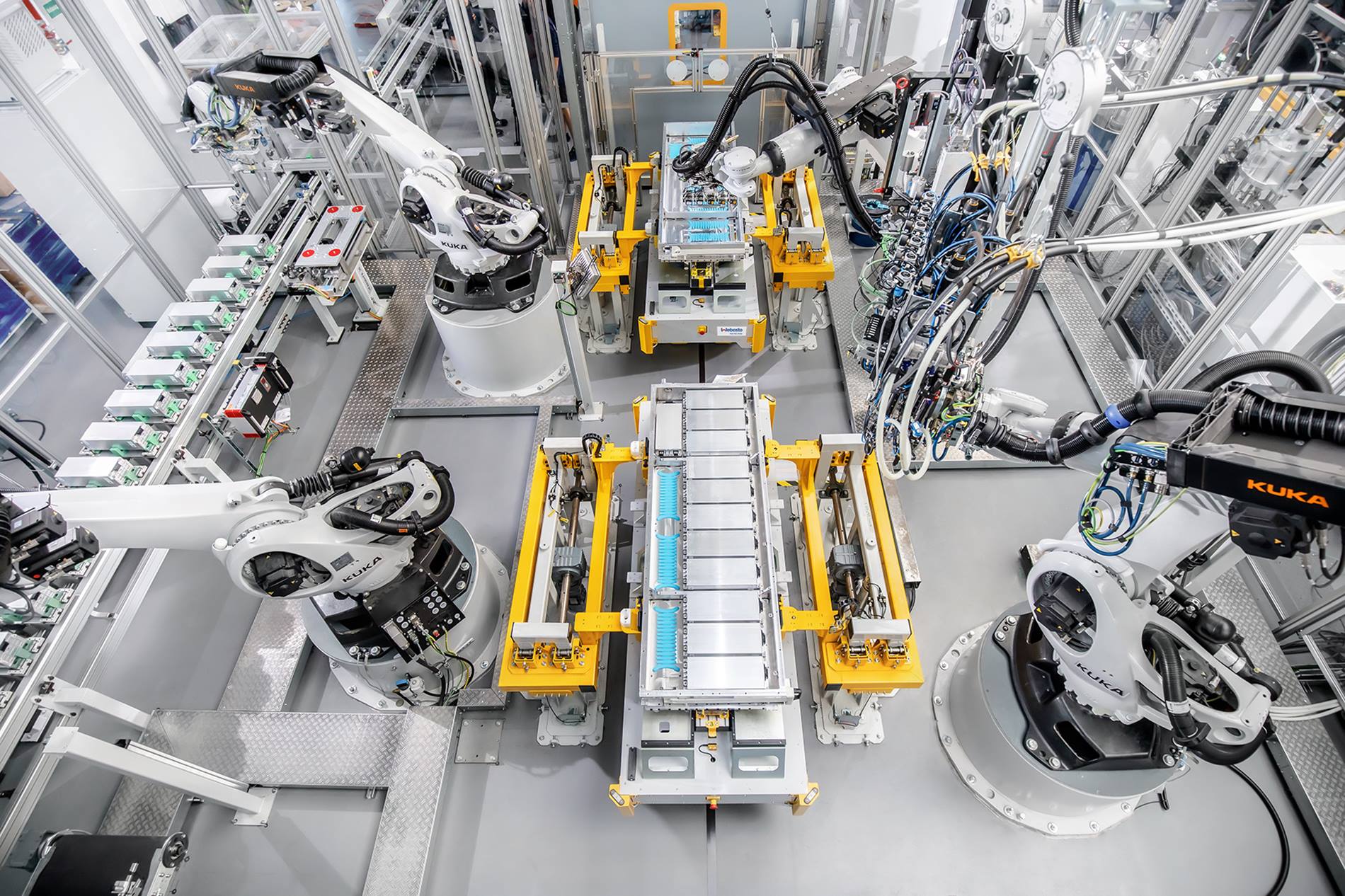
In order not to get lost in this abundance, one should perhaps take a look at the major trends. They stand out because they are as profound as they are recent. So if you had to draw a robot according to the market that uses it the most, it would be a robot for the electronics industry.
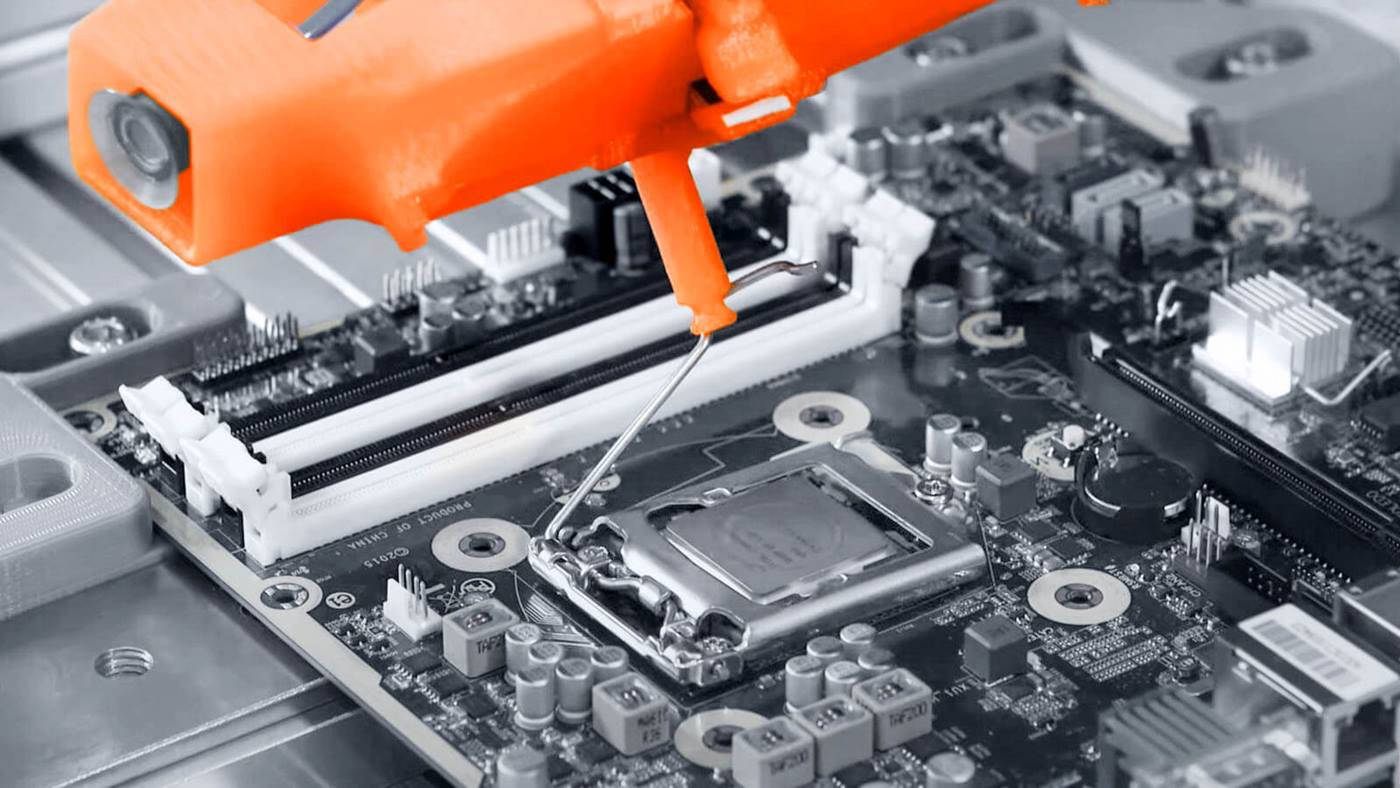
If you draw a robot in the country where it is most likely to be installed, it is often China. More than half of the robots sold worldwide are installed there.
And if you had to decide on an application? Then it becomes a bit more difficult, as the range of possible applications is almost inexhaustible. It includes, among other things, the loading and unloading of machines as well as palletizing or packaging - to name just a small part.
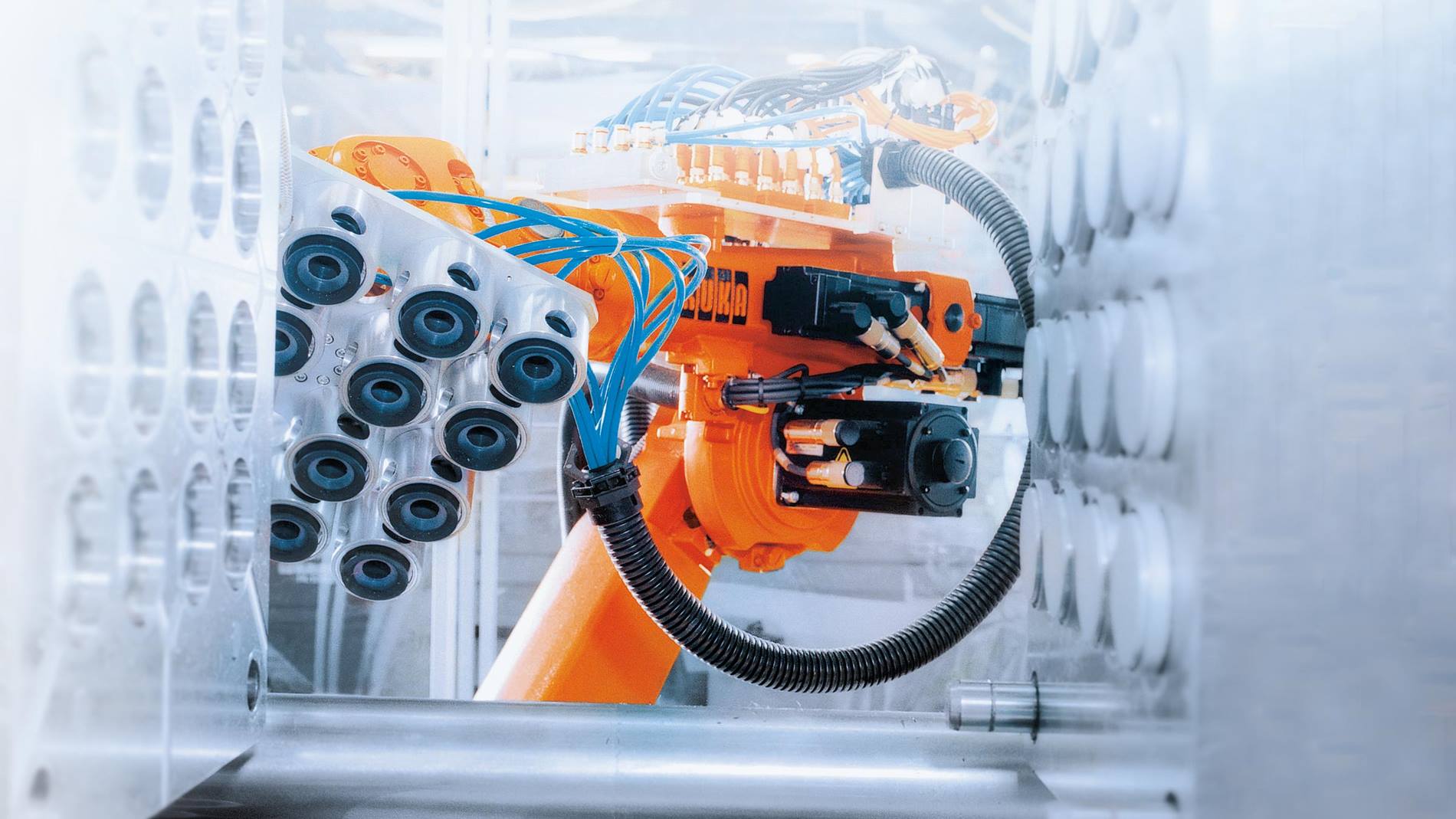
And if we look into the "now", we will find that this robot I will draw can be programmed intuitively and very quickly. It can be reconfigured immediately and can change its place and task flexibly. It is further optimized in terms of its energy consumption. There are fewer and fewer pneumatic effectors and actuators, and more and more electric ones instead. And this robot is embedded in a digital world. It is fully simulated and programmed in a virtual interface. It perceives its environment in 3D thanks to intelligent image processing solutions and is ordered by the user via e-commerce platforms. Finally, this robot lasts a very long time, in line with what we are all working towards: a more sustainable economy.
So what am I going to draw now?
We will see more and more generations of robots coexisting. I need a big drawing sheet.
